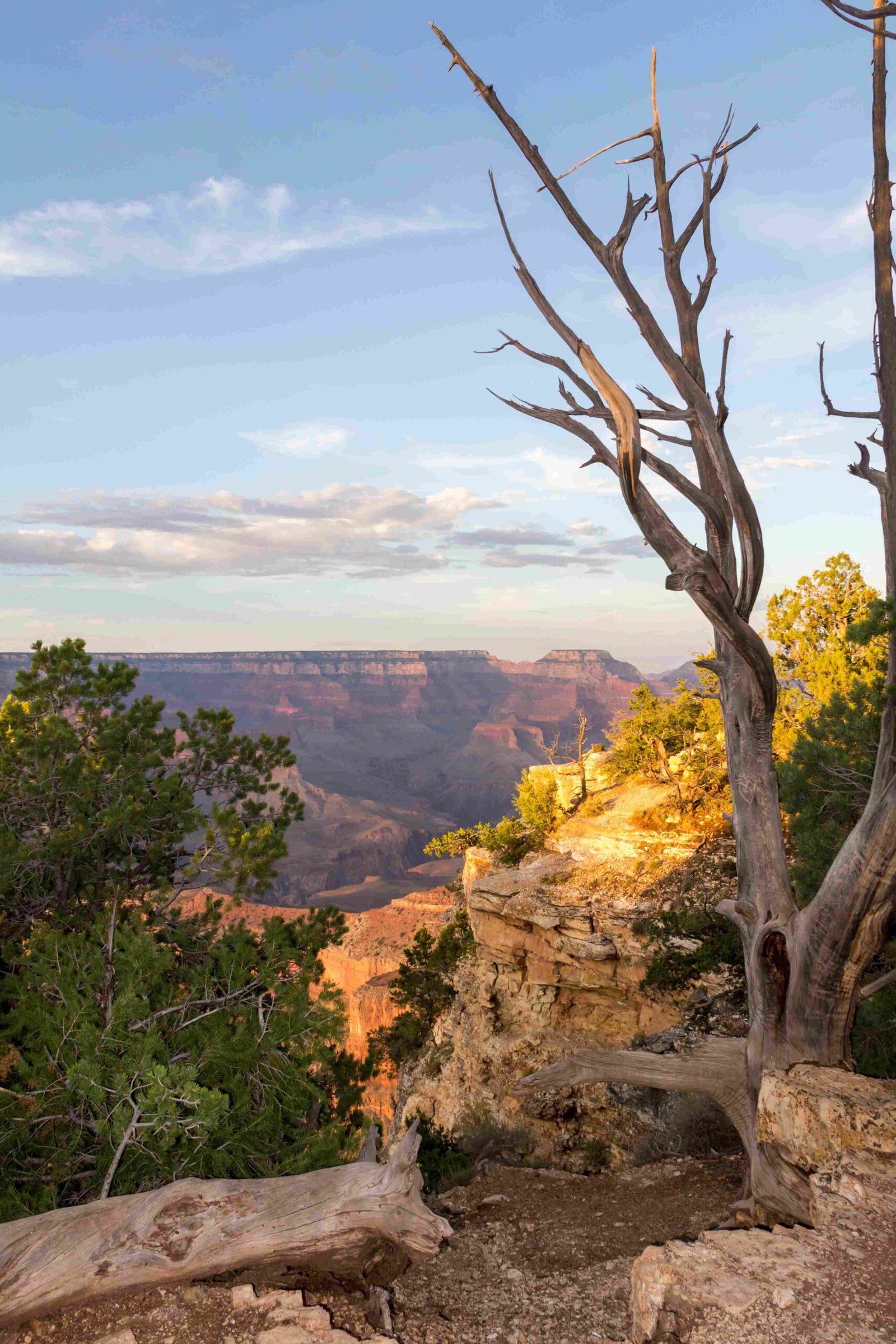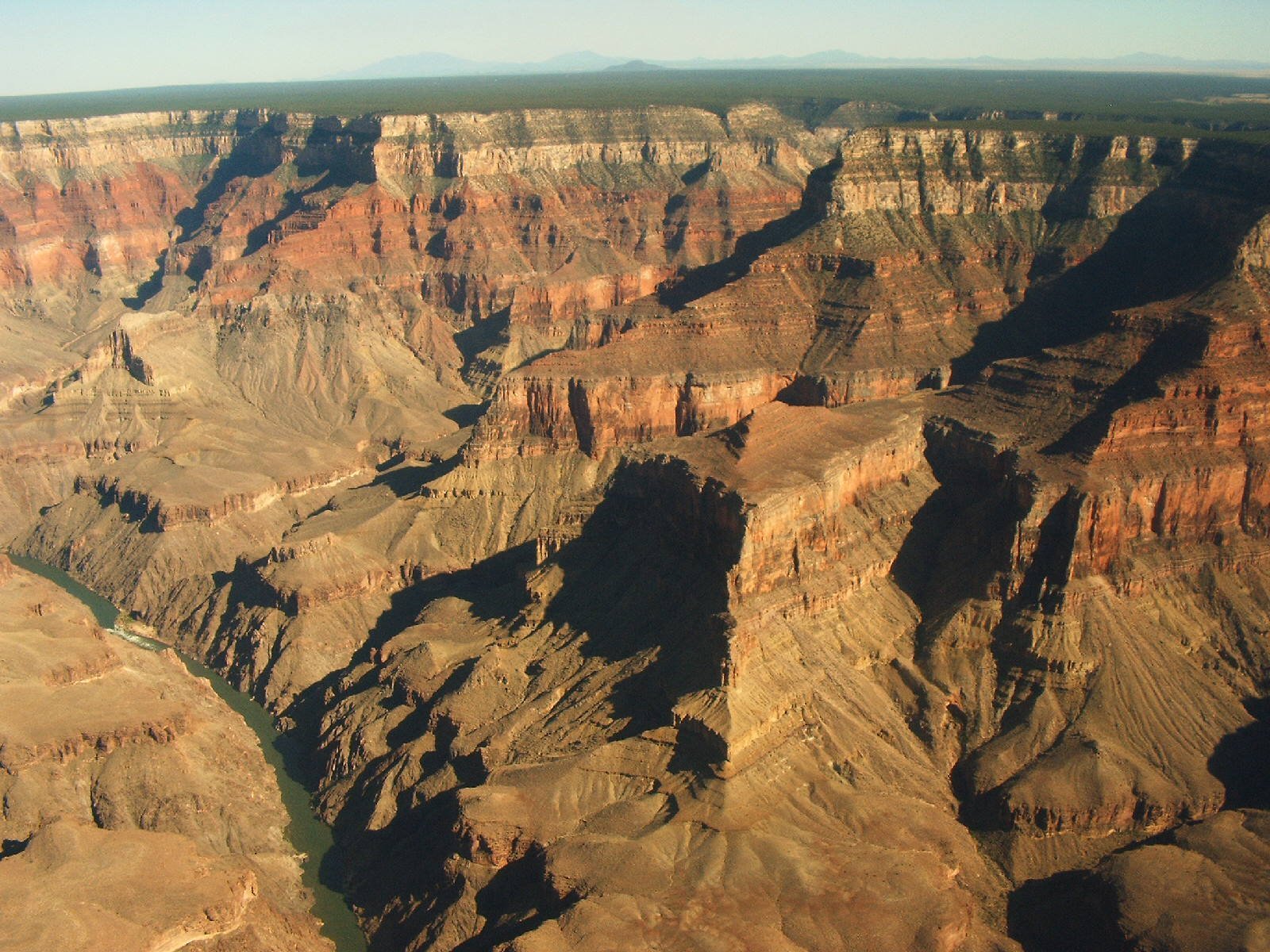The Grand Canyon’s Upset Rapid represents one of the most formidable and technically demanding whitewater experiences in North America, challenging even seasoned rafters with its complex hydraulics, steep gradient, and unpredictable water dynamics. Situated within the Colorado River’s legendary corridor, this rapid demands exceptional skill, precise navigation, and comprehensive understanding of river mechanics.
What Makes Upset Rapid Unique?

Upset Rapid, located approximately 75.7 miles downstream from Lee’s Ferry, is classified as a high-intensity Class 8-9 rapid within the Grand Canyon’s distinctive 1-10 difficulty rating system. Unlike standard international river difficulty scales, this classification provides a more nuanced assessment of the rapid’s complexity.
Key Characteristics of Upset Rapid
| Feature | Description |
|---|---|
| Location | Mile 75.7, Colorado River |
| Difficulty Rating | Class 8-9 |
| Water Complexity | High turbulence, multiple hydraulic zones |
| Recommended Experience Level | Advanced to Expert Rafters |
How Do Rafters Approach Upset Rapid?

Successful navigation of Upset Rapid requires meticulous preparation and strategic approach:
- Pre-Rapid Scouting
- Analyze water levels and current conditions
- Identify potential hazard zones
-
Determine optimal entry and exit points
-
Technical Navigation
- Maintain precise boat positioning
- Use controlled, powerful paddle strokes
-
Anticipate sudden water direction changes
-
Essential Safety Protocols
- Wear high-quality personal flotation devices
- Ensure all crew members understand emergency procedures
- Carry comprehensive rescue equipment
What Technical Challenges Exist in Upset Rapid?
The rapid presents multiple technical challenges that test even experienced river runners:
- Hydraulic Complexity: Multiple converging water currents create unpredictable wave patterns
- Rocky Terrain: Submerged boulders and rock formations increase navigation difficulty
- Steep Gradient: Significant elevation drop increases water velocity and turbulence
Why Do Experienced Rafters Seek Out Upset Rapid?
Despite its challenges, Upset Rapid attracts adventurers for several compelling reasons:
- Ultimate test of rafting skills
- Unparalleled adrenaline experience
- Breathtaking natural scenery
- Opportunity to challenge personal limits
What Equipment Recommendations Exist?
Recommended Gear Checklist
- Professional-grade whitewater rafts
- Reinforced helmets
- High-performance personal flotation devices
- Waterproof communication devices
- Rescue throw bags
- First aid kit specialized for river environments
How Can Rafters Prepare Physically and Mentally?
Preparation involves comprehensive training:
- Physical conditioning
- Technical river reading skills
- Mental resilience training
- Advanced paddling techniques
- Emergency scenario simulations
What Are the Potential Risks?
Understanding potential risks is crucial:
– Potential boat flipping
– Individual swimmer scenarios
– Equipment failure
– Unexpected water level changes
Conclusion
Upset Rapid represents the pinnacle of Grand Canyon rafting challenges, demanding respect, preparation, and exceptional skill from those who attempt its turbulent waters.

